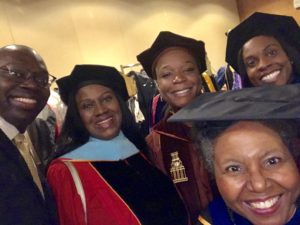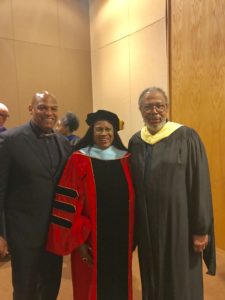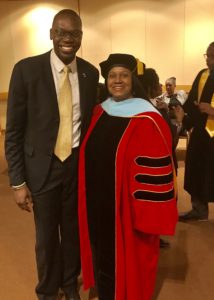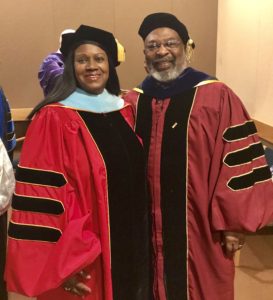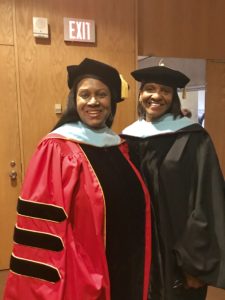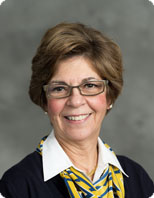Tuesday, April 16, 2019
Mackinac Room, 5th Floor, Anderson House Office Bldg.
124 N. Capitol Avenue, Lansing, MI 48933
11:30 a.m. – 1:00 p.m.
View PDF
View Presentation PDF 1
View Presentation PDF 2
View Presentation PDF 3
Are you looking forward to driverless vehicles, robots, computers and machines that guide your life? Fasten your seatbelt, for we are headed into the AI age. Recent years have witnessed tremendous progress in the field of Artificial Intelligence (AI), with significant impact on the fields of medicine, education, transportation and more. Advances made in AI include everything from machines that can learn and process language, robots that have vision and human-computer interaction, to cars that drive us autonomously. As we look at the current state of AI, and all of the implications for our lives, many wonder what the future holds. Please join us as University of Michigan experts share recent progress in Artificial Intelligence, and give us a road-map to what lies ahead and what we should know.
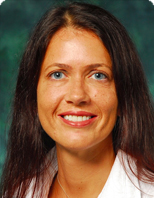
Rada Mihalcea, Professor EECS, College of Engineering
Professor Rada Mihalcea is the Director of the University of Michigan AI Lab and the Language and Information Technologies group (LIT@UMich). Her work focuses on Natural Language Processing, Multimodal Processing, and Computational Social Sciences. Her research portfolio includes areas such as
computational sociolinguistics, multimodal sensing and tracking of human behavior, joint modeling of language and vision, multilingual natural language processing, multilingual subjectivity, sentiment, and emotion analysis and computational humor.
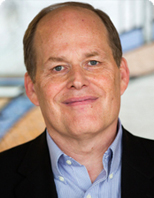
John E. Laird, John L. Tishman Professor of Engineering, Computer Science and Engineering
Professor John E. Laird is the John L. Tishman Professor of Engineering in the Computer Science and Engineering Division of Electrical Engineering and Computer Science at the UM College of Engineering. He received his B.S. from the University of Michigan in 1975 and his Ph.D. in Computer Science from Carnegie Mellon University in 1983. He was a member of the research staff at the Xerox Palo Alto Research Center from 1984 to 1986. Since 1986, he has been on the UM faculty. He is the founder of Soar Technology, an Ann Arbor company specializing in creating autonomous AI entities.
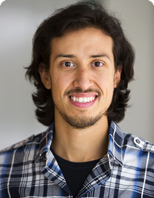
Assistant Professor, University of Michigan
Director, CROMA Lab
Computer Science & Engineering, EECS (primary), School of Information
Walter S. Lasecki is an Assistant Professor of Computer Science and Engineering at the UM College of Engineering where he directs the Crowds+Machines (CROMA) Lab. He and his students create interactive intelligent systems that are robust enough to be used in real-world settings by combining both human and machine intelligence to exceed the capabilities of each. These systems help people become more productive, and improve access to the world for people with disabilities. Dr. Lasecki received his Ph.D and M.S. from the University of Rochester in 2015 and a B.S. in Computer Science and Mathematics from Virginia Tech in 2010. He has previously held visiting research positions at Carnegie Mellon University, Stanford, Microsoft Research, and Google[x].
